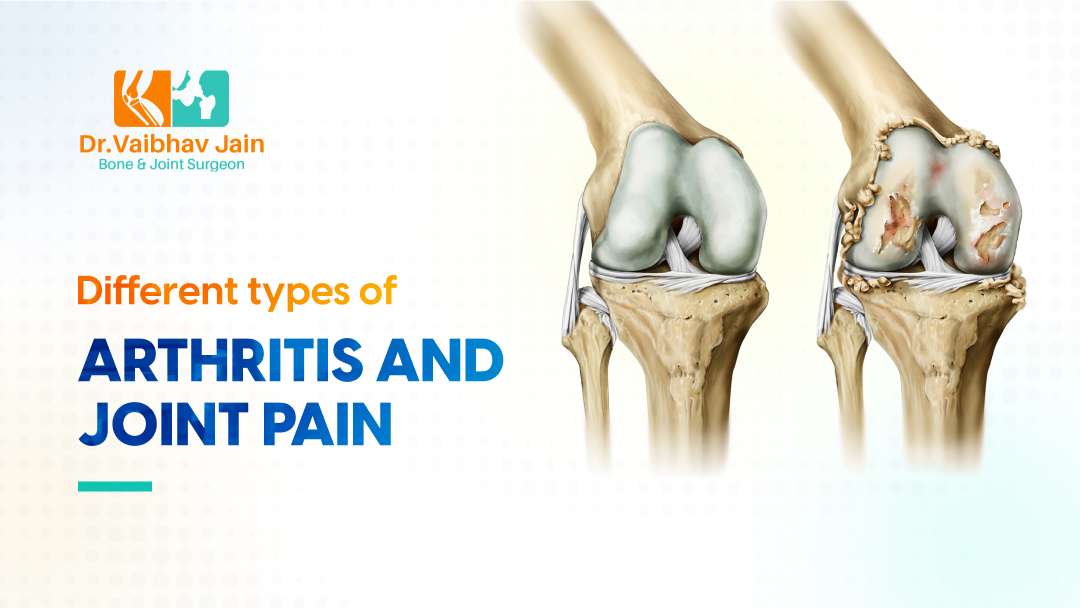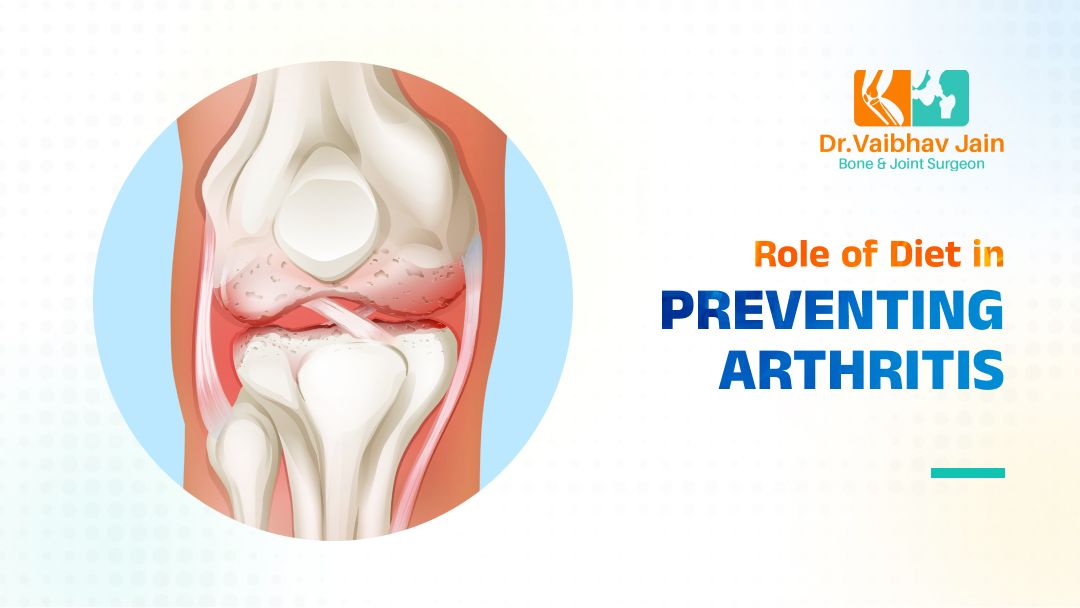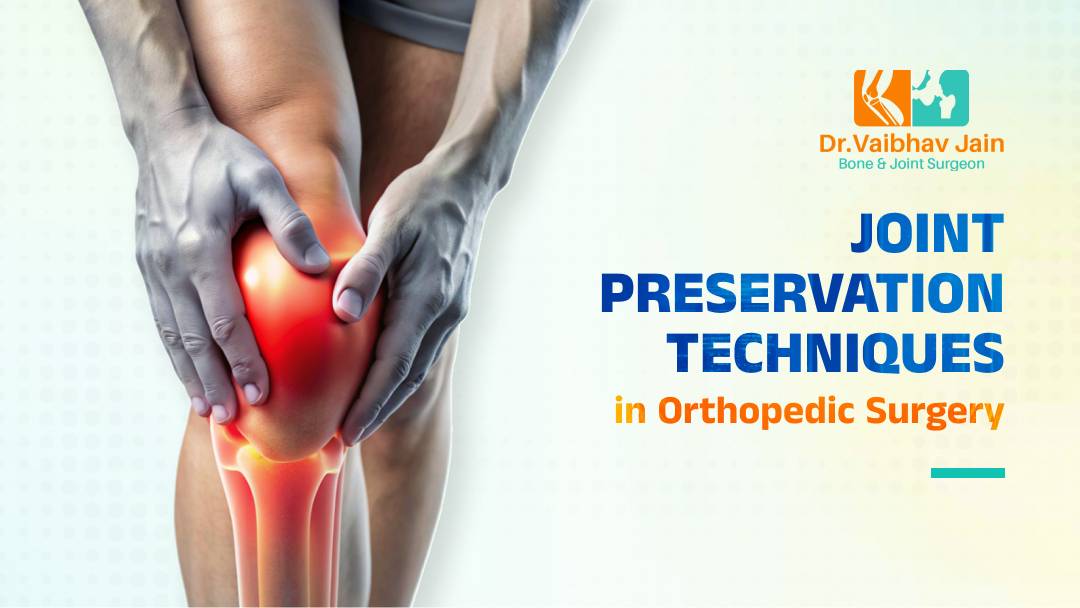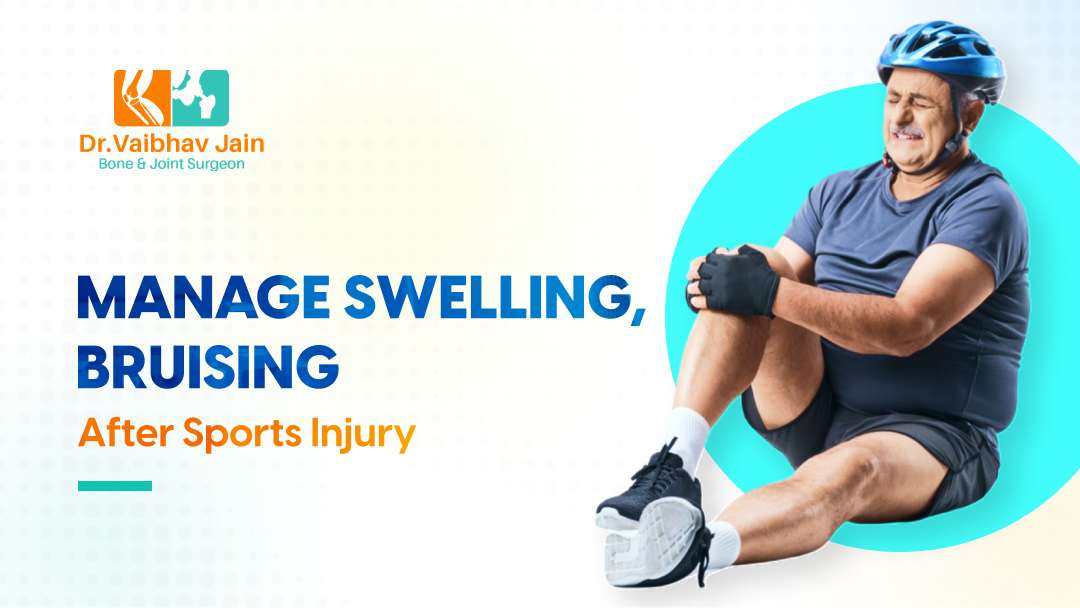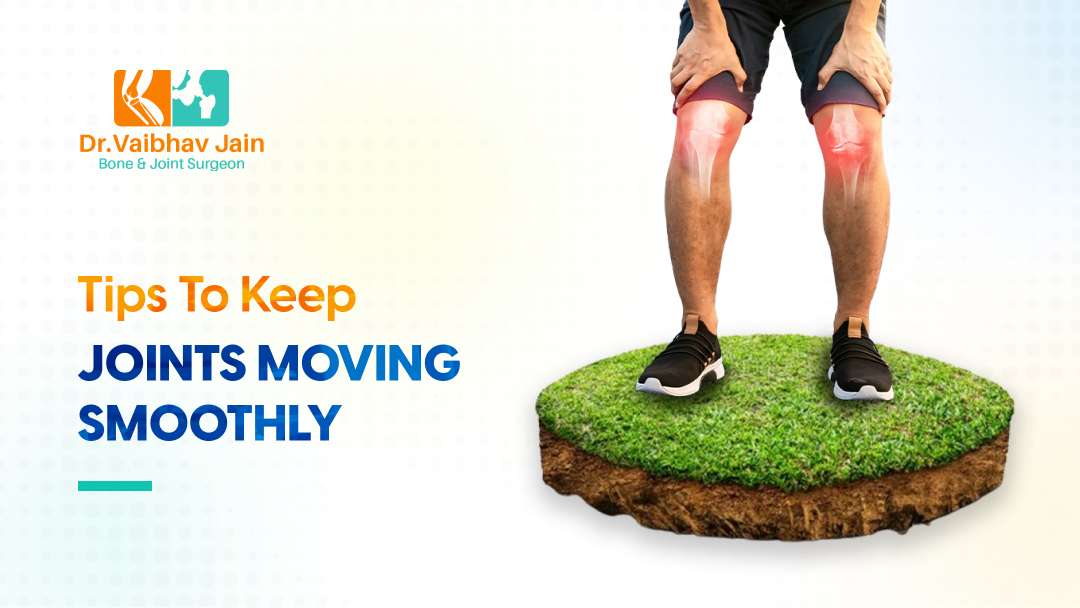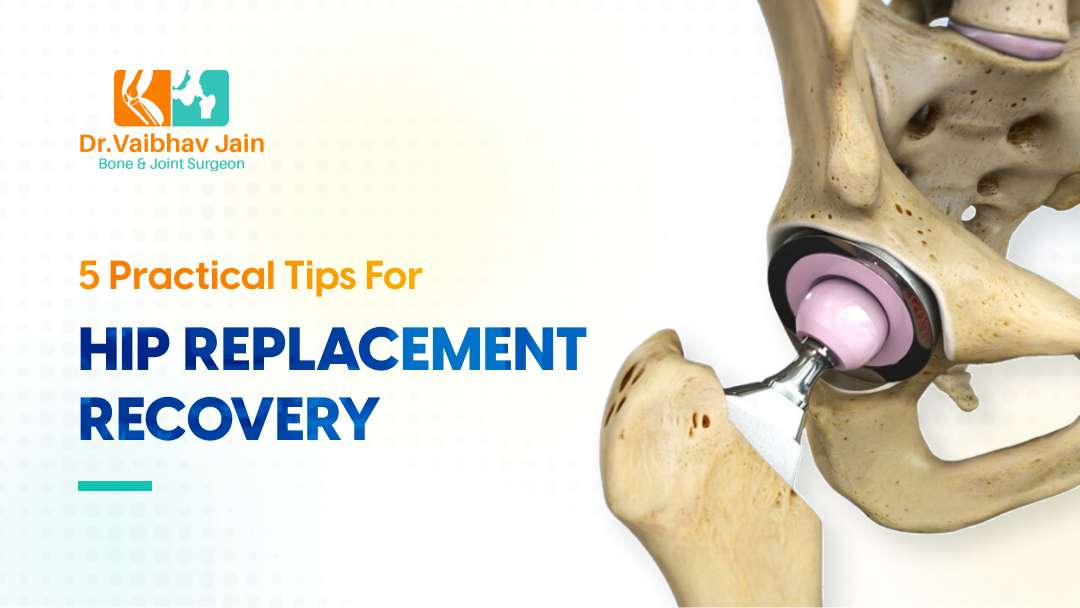Arthritis and Joint Pain is most common causes of joint pain and can affect people of all ages. It is a condition that affects the joints and can cause pain, swelling, and stiffness. According to the National Institutes of Health, Most frequent joint disease with a prevalence of 22% to 39% in India.
There are many different types of arthritis, including osteoarthritis (OA), rheumatoid arthritis (RA), psoriatic arthritis (PsA), gout, and fibromyalgia. Each type of arthritis has its own set of symptoms and management. In this blog post, we will explore the different types of Arthritis and Joint Pain, their symptoms, and management.
Osteoarthritis (OA)
Osteoarthritis (OA) is the most common type of arthritis. It is a degenerative joint disease that is caused by the wearing down of the cartilage that cushions the ends of the bones in the joints. OA can affect any joint in the body, but it is most common in the hips, knees, hands, and spine.
The most common symptoms of OA are pain, stiffness, and swelling in the affected joints. People may also experience a decrease in range of motion and difficulty performing activities of daily living. Some people may also experience a grating or crackling sensation in the affected joint.
Treatment for OA includes lifestyle changes, medications, physical therapy, and, in some cases, surgery. Lifestyle changes can include weight loss, exercise, and avoiding activities that put excessive stress on the joints. Medications such as nonsteroidal anti-inflammatory drugs (NSAIDs) and corticosteroids can help reduce inflammation and pain. Physical therapy can help with range of motion and strengthening of the muscles surrounding the joint.
Rheumatoid Arthritis (RA)
Rheumatoid arthritis (RA) is an autoimmune disorder in which the body’s immune system attacks the lining of the joints. This can cause inflammation and pain in the affected joints. RA typically affects the small joints of the hands and feet, but can also affect other joints in the body.
The most common symptoms of RA are pain, swelling, stiffness, and decreased range of motion in the affected joints. People may also experience fatigue, fever, and a general feeling of being unwell. In some cases, RA can also cause damage to organs such as the lungs, heart, and eyes.
Treatment for RA typically includes medications such as disease-modifying antirheumatic drugs (DMARDs) and biologic agents to reduce inflammation and pain. Physical therapy, lifestyle changes, and, in some cases, surgery can also help with managing RA. Lifestyle changes include weight loss, exercise, and avoiding activities that put excessive stress on the joints.
Psoriatic Arthritis (PsA)
Psoriatic arthritis (PsA) is a type of arthritis that occurs in people with psoriasis, a skin condition characterized by red, scaly patches. PsA affects the joints and can cause pain, swelling, and stiffness. It can also cause damage to the entheses, which are the areas where ligaments and tendons attach to the bones.
The most common symptoms of PsA are pain, swelling, stiffness, and decreased range of motion in the affected joints. People may also experience fatigue, fever, and a general feeling of being unwell. In some cases, PsA can also cause damage to organs such as the lungs, heart, and eyes.
Treatment for PsA typically includes medications such as DMARDs and biologic agents to reduce inflammation and pain. Physical therapy, lifestyle changes, and, in some cases, surgery can also help with managing PsA. Lifestyle changes include weight loss, exercise, and avoiding activities that put excessive stress on the joints.
Gout
Gout is a type of arthritis that is caused by an accumulation of uric acid crystals in the joints. This accumulation of uric acid can cause inflammation and pain in the affected joints. Gout typically affects the big toe, but can also affect other joints in the body.
The most common symptoms of gout are sudden, severe pain, swelling, redness, and stiffness in the affected joints. People may also experience a decrease in range of motion and difficulty performing activities of daily living. Some people may also experience a grating or crackling sensation in the affected joint.
Treatment for gout typically includes medications such as nonsteroidal anti-inflammatory drugs (NSAIDs) and corticosteroids to reduce inflammation and pain. Lifestyle changes such as weight loss, avoiding alcohol and processed foods, and drinking plenty of water can help reduce the risk of gout flare-ups. Physical therapy can help with range of motion and strengthening of the muscles surrounding the joint.
Fibromyalgia
Fibromyalgia is a condition that causes widespread pain throughout the body. It is characterized by widespread pain, fatigue, and difficulty sleeping. People with fibromyalgia may also experience cognitive problems such as difficulty concentrating and memory problems.
The most common symptoms of fibromyalgia are widespread pain, fatigue, and difficulty sleeping. People may also experience a decrease in range of motion and difficulty performing activities of daily living. Some people may also experience a grating or crackling sensation in the affected joint.
Treatment for fibromyalgia typically includes medications such as antidepressants, muscle relaxants, and anticonvulsants to reduce pain and improve sleep. Lifestyle changes such as exercise, stress reduction, and avoiding activities that can aggravate the condition can also help. Physical therapy can help with range of motion and strengthening of the muscles surrounding the joint.
Conclusion
Arthritis is a common cause of joint pain and can affect people of all ages. There are many different types of Arthritis and Joint Pain, including osteoarthritis (OA), rheumatoid arthritis (RA), psoriatic arthritis (PsA), gout, and fibromyalgia. Each type of arthritis has its own set of symptoms and management strategies.
Treatment for arthritis typically includes lifestyle changes, medications, physical therapy, and, in some cases, surgery. Lifestyle changes can include weight loss, exercise, and avoiding activities that put excessive stress on the joints. Medications such as NSAIDs and corticosteroids can help reduce inflammation and pain. Physical therapy can help with range of motion and strengthening of the muscles surrounding the joint.
If you are experiencing, it is important to speak with your doctor to determine the cause and the best management for you. With the right treatment plan, you can manage your joint pain and live a healthy, active life.
